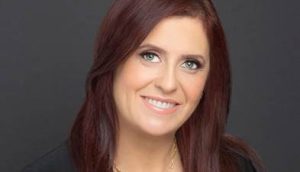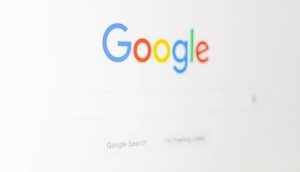Digital ad spending in Canada recorded a growth of 11.1% to $9.62 billion in 2020, despite the initial shock of COVID-19. And this year’s edition of IAB Canada’s analysis of last year’s spending shows that trends that drove the bulk of that recovery could continue to have impacts for years to come.
Sonia Carreno, president of IAB Canada, says last year advertisers were forced to analyze their media investment portfolios and, in some cases, were confronted with static, non-flexible, ad investments adding complications in a time of crisis.
“The unique advantages of the digital mediascape were made abundantly clear. Shifting budgets, changing creative messaging at breakneck speed, and real time measurement all contributed to both insulating and increasing the investments in digital advertising.”
In 2020, $4.23 billion was spent on search, representing 43.9% of total digital spending and a 9.2% growth from the year prior. A good portion of that growth was from advertisers trying to capture a spike in ecommerce in 2020 and that, along with an influx of new advertisers, helped drive a strong recovery in Q4.
“We anticipate that this trend will continue into 2021 and 2022 as businesses across virtually all categories invested significantly towards enabling digital commerce with strong intent to support it in coming years,” Carreno says.
Social made up 27.7% of digital spending at $2.67 billion, and was the second highest-growing category at 22.7% compared to the prior year.
Display represented 21.9% of spending at $2.1 billion, growth of 8.6%. Breaking it down further, $1.07 billion was spent on non-video display ads, growing by 7.6%, with $983 million spent on video display ads, growth of 11.3%
Breaking display spending down even more, the IAB found that 74% of spending on display ads went to “standard” formats – basic banners and large format ads – with 26% going to “premium” formats – things like brand takeovers and sponsored placements. Spending on the standard formats was up 3.7%, while spending on the premium formats was down 9.3%. In addition, spending on native advertising was also down by 2.6%.
Spending on digital audio grew by 11.1% to reach $96 million, which represents roughly 1% of total digital spend.
Classified and digital OOH were the only two formats to see declines in 2020, with the former dropping by 12% and the latter by 23.5%. However, the dip in DOOH is largely due to the overall dip the broader OOH market saw through much of 2020 as people stayed home during the pandemic, with a return to spending near the end of the year not enough to make up the difference. Carreno expects DOOH to be one of the greatest areas of growth in 2021 and 2022 as the available inventory and programmatic distribution continues to increase dramatically.
Carreno also pegs connected TV as a major area of spending growth in the near future, having already grown by 83.4% in 2020 from the year prior. While that is largely due to the fact that there were far fewer options for CTV spending in 2019, and it still represents roughly 0.3% of total digital spending in Canada, Carreno says the same growing availability of inventory and buying platforms will make it one of the bigger opportunities for advertisers.
Spending also increased in several industries, including CPG (52.5%), retail (18.4%), technology (88.0%), restaurants (8.2%), pharmaceuticals (50.8%), apparel (4.6%) and wellness (3.7%). Automotive (6.4%), financial services (0.6%), entertainment (9.7%), general business (73.1%) and travel (61.4%) all reduced their spending.
Another interesting finding from the IAB: while English ads still represented the biggest portion of spending, the amount of spending on French ads grew by a significantly higher amount across all ad formats.























